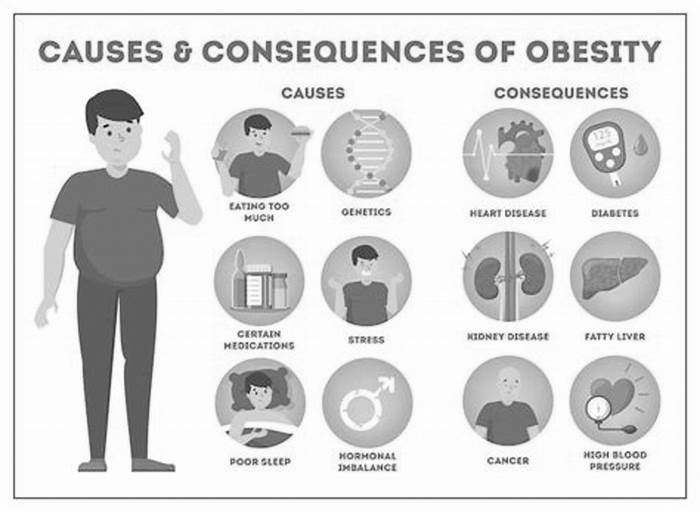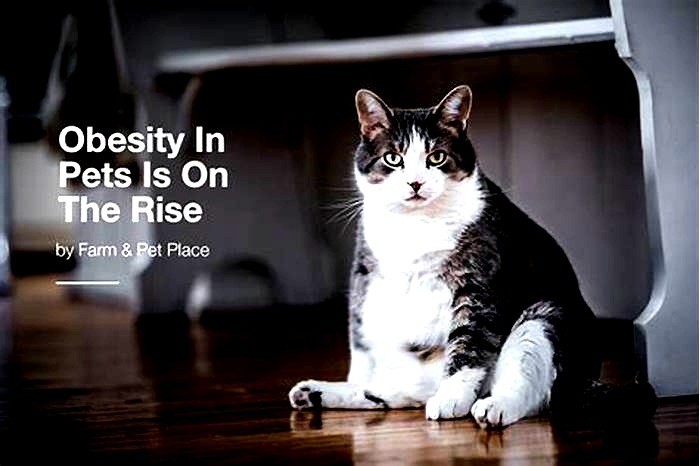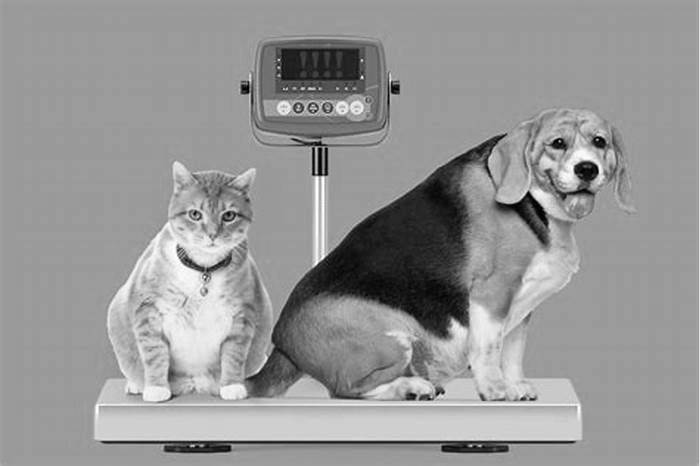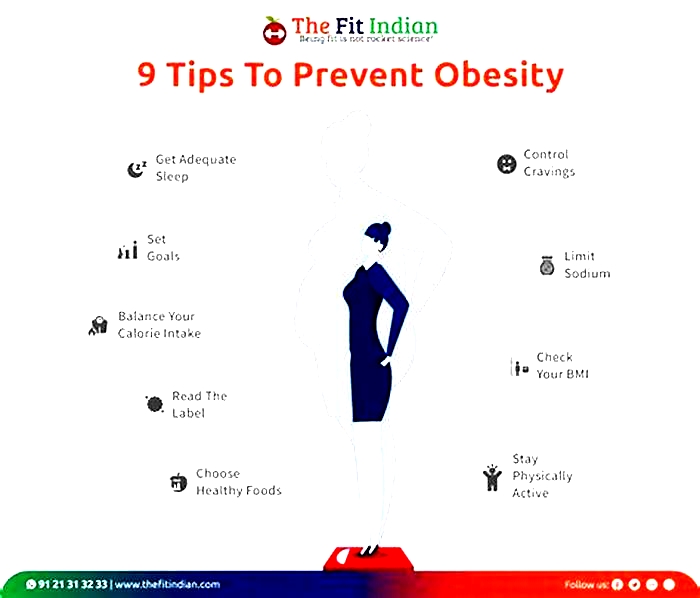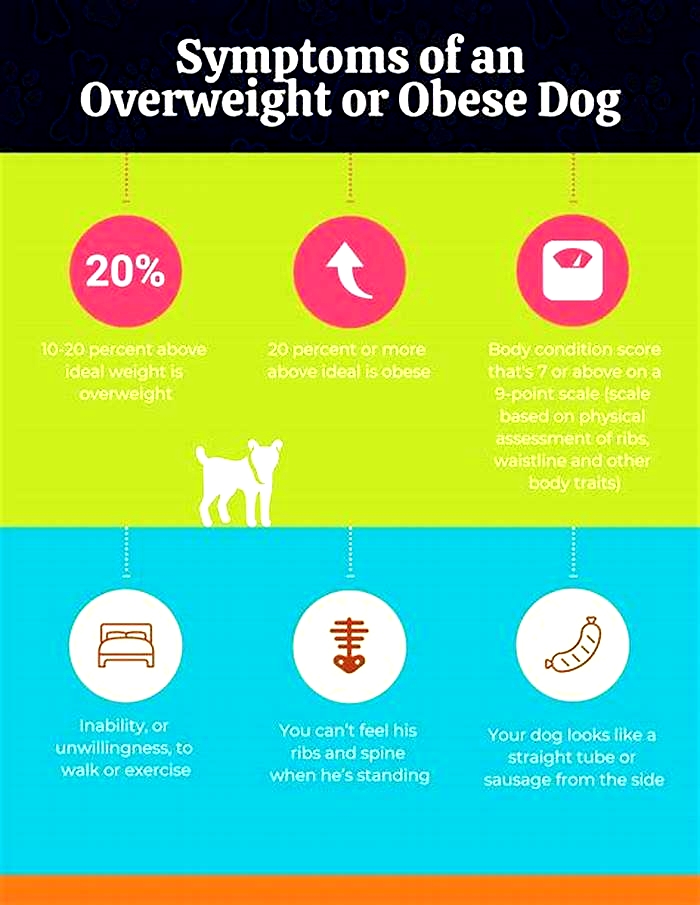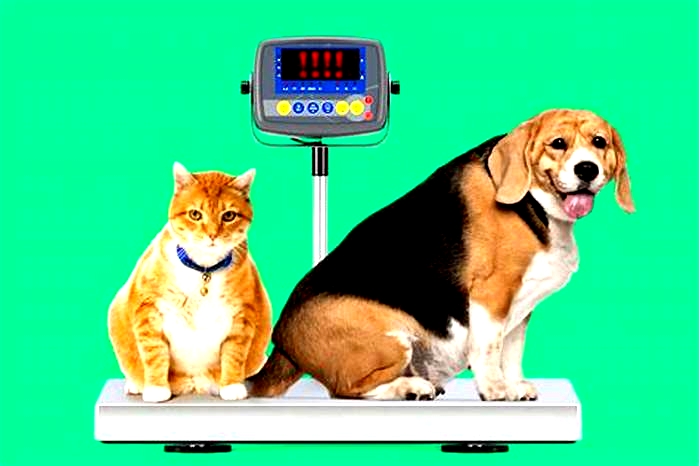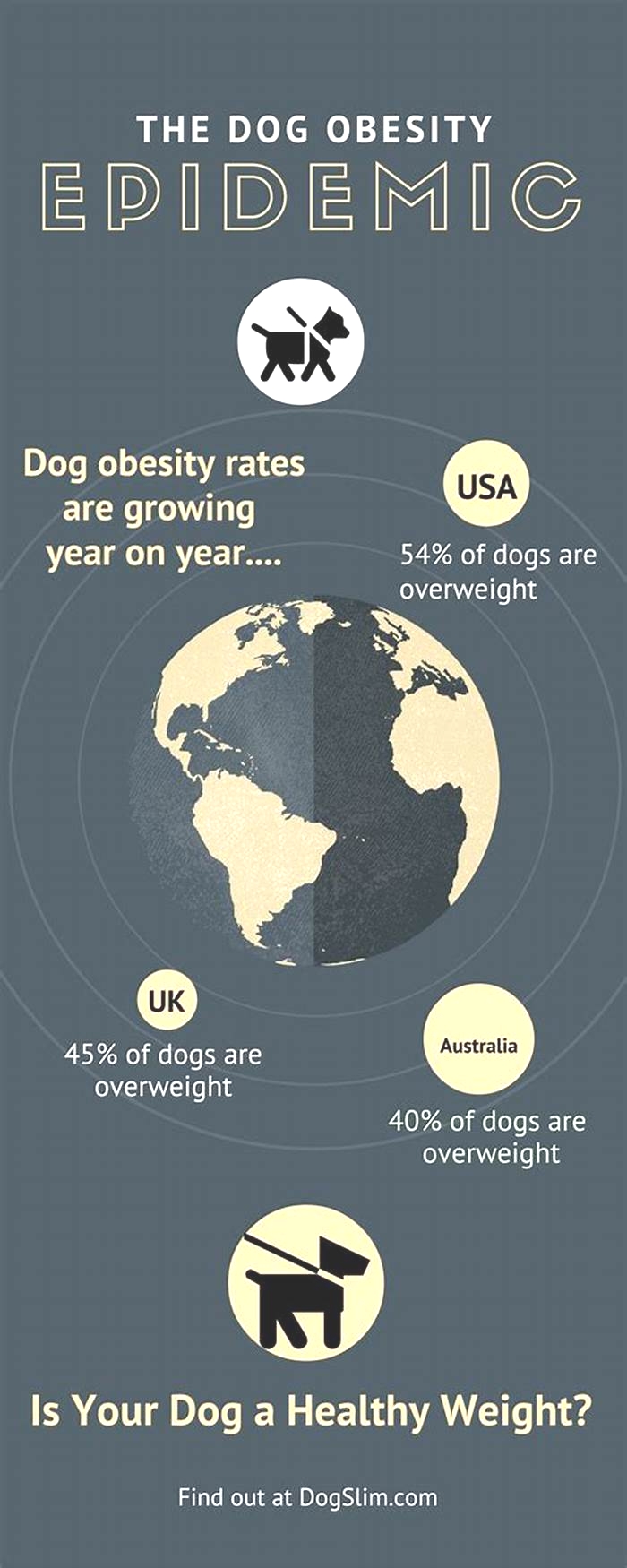What is the main cause of pet obesity
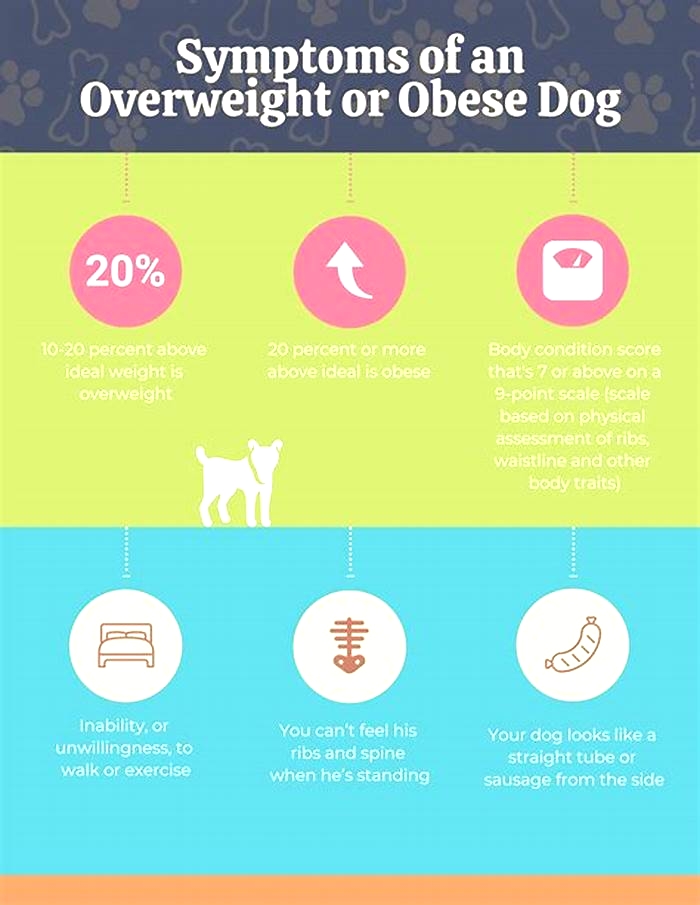
The dangers of pet obesity: causes, treatment, and prevention
There are a variety of factors that make your pet prone to obesity, including feeding them people food. We love our pets. When their big, hopeful eyes lock with ours as we rummage through our pantry, its natural to give in and let them have a little bit of the food were going to eat. But feeding your pets people food in addition to their pet food increases the number of calories and fat that they consume. Too much food, along with other factors, can cause serious health problems.
Breed
American bulldogs, Dachshunds, Labrador retrievers, and basset hounds are among the breeds with an increased chance of being overweight. Some of it is genetics, but dachshunds and basset hounds, in particular, also have a unique body shape and size that adds to their risk.
For more helpful information, take a look at our vet-approved guide to potential health conditions that affect dogs.
Age
Humans risk for obesity rises with age, and the same goes for our pets. As pets age, they dont have as much energy for long walks and games of fetch. They prefer to take more naps during the day. However, its still important to encourage senior pets to exercise. Take your dog on a shorter walk more frequently, or have your cat chase a laser-pointer light up and down the hallway a few times a week. Exercise for pets of all ages is important to help maintain a healthy weight and keep their muscles toned. Senior pets also may require some lifestyle tweaks to make up for less exercise.
Spayed/neutered
Spaying and neutering your pet has many benefits, including decreasing the risk of unwanted animals in shelters. However, recent researchTrusted SourcePubMed CentralArchive of biomedical and life sciences journal literature.Go to source has linked spaying and neutering to pet obesity later in life. Pet owners can combat this risk by adhering to a healthy diet.
Food type
Pets need a well-balanced high-quality diet. Foods with too many kilocalories per cup (kcals per cup), can up a pets obesity risk. An Association for American Feed Control Officials (AAFCO) label signifies a well-balanced high-quality pet food. Make sure you check for this label when looking for food for your pet.
Food amount
Overeating is a common factor contributing to obesity, whether its feeding too much human food, kibble, or treats. Gradually reducing a pets food intake may help. However, consult with your local veterinarian first to see if you are feeding your pet too much. Sometimes, a pet eats too fast to digest the food, so they miss hunger cues. You can pace their consumption with slow-feed bowls.
Underlying health conditions
Specific issues, including hypothyroidism and osteoarthritis, can raise a pets obesity risk. If your pet has these risks, pay close attention to their diet, body condition, and weight. Pet parents can access body condition charts to assess their dog or cat.
Obesity in Pets Common Causes & Consequences
The population of overweight and obese pets continues to expand in the United States and around the world. As in people, excess weight is associated with several potential serious and even life-threatening health conditions. In this weeks post, I explore the various causes and consequences of pets being over or obese.
Obesity definition
While there are very specific definitions for overweight and obesity in people, the definitions in pets are more arbitrary. Dogs and cats are often considered overweight if their weight is >15% above ideal and are obese when weight is >30% of ideal. Unfortunately to date, these criteria have not been confirmed with appropriate studies and there is limited data defining optimal body weight.
In veterinary medicine, body condition scores (BCS) are used to evaluate a pets weight. There are 2 scales used most commonly; one is based on a 5-point system and the other is based on a 9-point one.
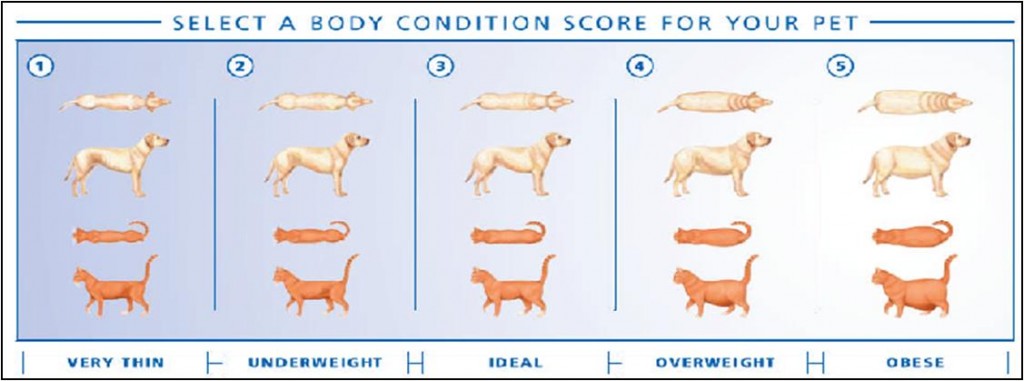
A 5-point scale used to determine body condition score (BCS) in dogs and cats
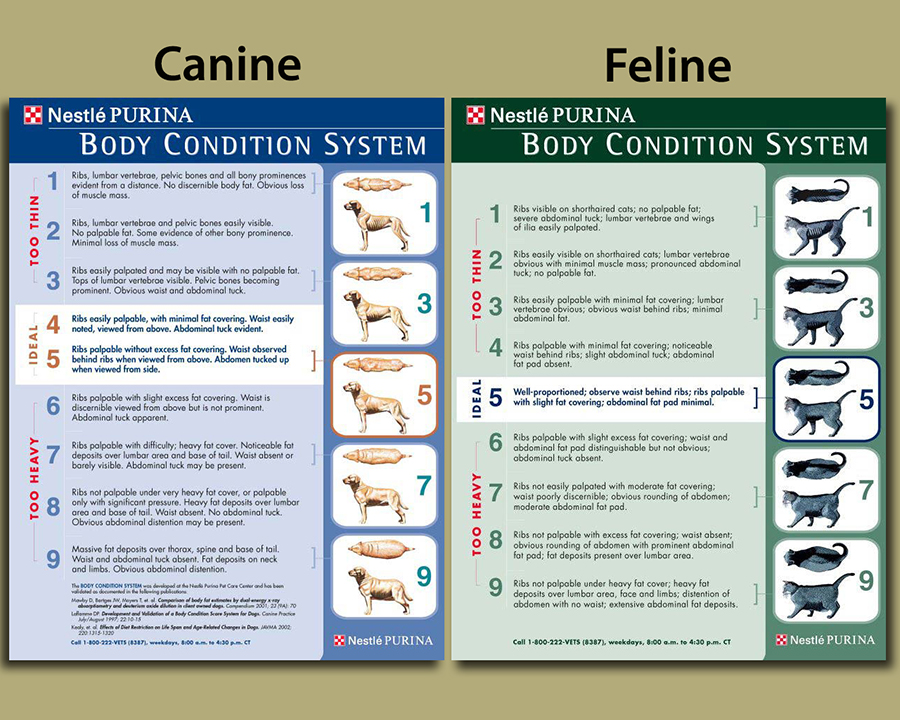
A 9-point scale used to determine body condition score (BCS) in dogs and cats
Obesity causes
In 2012 the Association of Pet Obesity Prevention published 52.5% of dogs and 58.3% of cats in the United States are overweight or obese. There are many factors that contribute to these statistics including:
Breed Predisposition: A breed predisposition to obesity has been shown in certain breeds, particularly:
- Cairn terriers
- West Highland white terriers
- Scottish terriers
- Shetland sheepdogs
- Basset hounds

- Cavalier King Charles spaniels
- Dachshunds
- Beagles
- Cocker spaniels
- Labrador retrievers
Interestingly certain breeds, particularly sight hounds (i.e: Greyhounds, Whippets, etc)., appear to be resistant to the development of overweight and obesity.
Several cat breeds are also over-represented withoverweight and obesity, including:

- Birman
- Ragamuffin
- Shorthairs (British, American, Exotic, Colorpoint)

Pet Parents: When people are exposed to environments with a high prevalence of overweight and obesity, they often develop inaccurate perceptions of what constitutes a normal body shape. Interestingly this misperception can contribute to an increasing prevalence of overweight and obesity within the pet population.

A recent survey study collected data from 829 dog parents through personal interviews; they were asked to subjectively evaluate their dogs body condition score (BCS). Additionally both the pet parents body mass index (BMI) and the dogs BCS were assessed. Obese dogs were twice as likely to have obese owners as non-obese dogs were. Furthermore dog parentunderestimation of their pets BCS was nearly 20 times more common in dogs that were obese than in normal or underweight dogs. Given this information, pet parent misperception of an obese dogs BCS is a major obstacle in weight management.
Age: Lean body mass declines as an adult animal ages, resulting in a decrease in total daily energy needs. The loss of lean body mass is exacerbated if aging is accompanied by a decrease in voluntary activity. The total daily energy needs of an average-sized 7-year-old dog may decrease by as much as 20% when compared with its needs as a young adult. If food intake does not decrease proportionately with the decreasing energy needs, weight gain occurs. In short, a reduced metabolic rate associated with aging predisposes a pet to becomingoverweight or obese.
Neutering: Neutering results in a loss of circulating sex hormones that slow a pets metabolism and predisposes the neutered animal to becoming overweight or obese. Changes in sex hormones after neutering directly affect the hunger center in the brain through changes in specific hormones (leptin and ghrelin) and possibly indirectly by certain behaviors that predispose to weight gain. Neutering canalso change a pets feeding pattern.
Medications: Certain medications can contribute to obesity in pets. Phenobarbital, a common anti-seizure medication, often causes increased appetite. The increase in food consumption contributes to a worsening body condition, resulting in overweight or obesity. Glucocorticoids (i.e.: prednisone) stimulate glucose (blood sugar) and abdominal fat production that can contribute to fat deposition and weight gain.

Nutrition: Understandably diet can contribute to excessive weight gain in dogs and cats. The number of meals and snacks fed, the consumption of table scraps, and an animals presence when owners prepare and/or eat their own meals all contribute to weight gain.

Interestingly the cost of pet food may have an effect on body weight; a study showed obese dogs were more likely to be fed a higher volume of cheaper brand foods than premium brands.
Fat Tissue: Excessive fat (adipose) tissue impacts pet health through two main mechanisms. Excessive fat deposition has several physical effects on the body, including:
- Excessive weight bearing
- Constriction of upper airway
- Inability to groom

- Insulating effect to prevent heat relief
Fat tissue also produces various hormones (called adipokines) that help regulate energy balance and metabolism, as well as immune system function. When too much fat is present, adipokines can actually contribute to a state of chronic inflammation that when untreated readily contributes to various obesity-related disorders.
Obesity consequences
Just as overweight and obesity have many possible consequences in people, so too do they have serious health implications in dogs and cats.
Longevity: Studies have shown pets fed free-choice have higher body condition scores (BCS) than those fed a calorie-restricted diet. Additionally the animals that were fed a specific amount of food lived 1.8 years longer, had improved glucose/sugar tolerance, and had a reduced risk of orthopedic disorders such as osteoarthritis.
Hormone Diseases: Diabetes mellitus (sugar diabetes) and hypothyroidism (low thyroid hormone concentration) frequently develop in overweight cats and dogs, respectively. Hyperadrenocorticism (Cushings disease) is also associated with an increased accumulation of fat in the abdominal cavity than can contribute to overweight and obesity.
Orthopedic Conditions: Various orthopedic conditions are commonly encountered in overweight and obese patients, particularly osteoarthritis. In dogs, food intake appears to have a significant effect on the development of osteoarthritis with disease severity directly associated with unrestricted feeding.
Heart Disease & High Blood Pressure: Overweight and obesity have a marked effect on the function of the respiratory system. These conditions can exacerbate health conditions, particularly:
- Laryngeal paralysis
- Asthma
- Tracheal collapse
- Brachycephalic airway syndrome
As in people, overweight and obesity can affect blood pressure. Untreated hypertension (high blood pressure) causes damage to various organs, most notablythe kidneys, brain and heart. Read more here about the importance of blood pressure monitoring.
Urinary and Genital Disorders: Obese animals may have more difficulty giving birth due to the presence of excess fat issue in and around the birth canal. Many overweight and obese dogs develop a syndrome called urethral sphincter mechanism incompetence that causes them to leak urine when lying down or sleeping.
Cancer: A limited number of scientific investigations have evaluated the correlation between overweight/obesity and cancer development. Some of the data suggest overweight and obese dogs and cats have an increased risk of formingcancers in their bodies, including urinary bladder and mammary (breast) malignancies.
Combatting obesity
Even though overweight and obesity are becoming more common in our companion animals, wethankfullyhave several modalities for treating excess weight and monitoring the success of thesevarious interventions. Effective management of excess weight requires a multimodal approach, and may include:
- Dietary modifications
- Lifestyle changes
- Drug therapy
Various studies have shown pairing interventions that might benefit both pet and pet parent (i.e.: pets and families exercising together) can be successful weapons to fight overweight and obesity in dogs and cats. Primary care veterinarians are the essential first responders in the fight against overweight and obesity. These doctors can provide pet parents with some appropriate advice, and can help formulate a viable weight loss program for overweight and obese pets. However just as with people, weight loss doesnt always happen as planned. In these instances, working with a board-certified veterinary nutrition specialist is strongly recommended to ensure a pets diet is maximally formulated to promote healthy weight loss. Consulting with a board-certified veterinary sports medicine and rehabilitation specialist can also be an invaluable step to develop an effective and safe exercise regime for a pet.
The take-away message about obesity
Excess weight is an increasingly common health problem in dogs and cats around the world, and overweight/obesity-associated risks continue to increase. Fat tissue is a metabolically active organ, producing chemicals that contribute to chronicinflammation. Overweight and obesity are treatable, and several effective therapeutic interventionsare available. A collaborative effort between pet parents and veterinarians (including board-certified nutrition specialists) is required to fully intervene in a healthful manner and to monitor the success of prescribed weight loss techniques.
To find a board-certified veterinary nutrition specialist, please visit the American College of Veterinary Nutrition.
To find a board-certified veterinary sports medicine and rehabilitation specialist, please visit the American College of Veterinary Sports Medicine & Rehabilitation.
To find a board-certified veterinary internal medicine specialist, please visit the American College of Veterinary Internal Medicine.
To find a board-certified veterinary emergency and critical care specialist, please visit the American College of Veterinary Emergency and Critical Care.
Wishing you wet-nosed kisses,
cgb
Causes of Obesity
Obesity is a complex disease that occurs when an individuals weight is higher than what is considered healthy for his or her height. Obesity affects children as well as adults. Many factors can contribute to excess weight gain including eating patterns, physical activity levels, and sleep routines. Social determinants of health, genetics, and taking certain medications also play a role.
Food, Activity, and Sleep
Eating and physical activity patterns, insufficient sleep and several other factors influence excess weight gain.
Social Determinants of Health (SDOH)
The conditions in which we live, learn, work, and play are called social determinants of health (SDOH). It can be difficult to make healthy food choices and get enough physical activity if these conditions do not support health. Differences in SDOH affect chronic disease outcomes and risks, including obesity, among racial, ethnic, and socioeconomic groups as well as in different geographies and among people with different physical abilities.
Places such as childcare centers, schools, or communities affect eating patterns and activity through the foods and drinks they offer and the physical activity opportunities they provide. Other community factors that influence obesity include the affordability of healthy food options, peer and social supports, marketing and promotion, and policies that determine community design.
Genetics
Genetic changes in human populations occur too slowly to be responsible for the obesity epidemic. Yet variants in several genes may contribute to obesity by increasing hunger and food intake. Rarely, a specific variant of a single gene (monogenic obesity) causes a clear pattern of inherited obesity within a family.[1], [2]
Illnesses and Medications
Some illnesses, such as Cushings disease, may lead to obesity or weight gain. Drugs such as steroids and some antidepressants may also cause weight gain. Research continues on the role of other factors such as chemical exposures and the role of the microbiome.
What Can Be Done?
Eating Patterns
Physical Activity
- ThePhysical Activity Guidelines for Americans recommends that children aged 3 through 5 years should be physically active throughout the day. Children aged 6 17 years need at least 60 minutes of moderate to vigorous physical activity every day. Adults need 150 minutes of moderate intensity physical activity a week. See Physical Activity for Different Groups.
- Communities can create or modify environments to make it easier for people to walk or bike to everyday destinations. See Community Strategies.
Sleep
- Newborns need 14 to 17 hours of sleep per day. That amount decreases with age; teenagers need 8 to 10 hours of sleep per day, and adults need 7 or more hours of sleep per day. See How Much Sleep Do I Need?
Social Determinants of Health
- State early care and education systems can promote standards that address nutrition, infant feeding, physical activity, and screen time. See Early Care and Education.
- Communities, programs, initiatives, and public health practitioners can work to together to remove barriers to health and achieve health. See what governments, states, communities, health care providers, and everyone can do.

